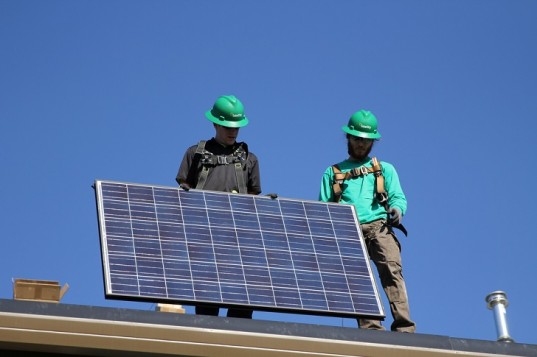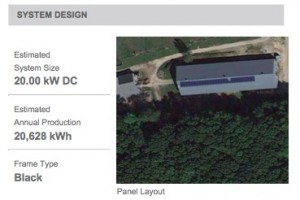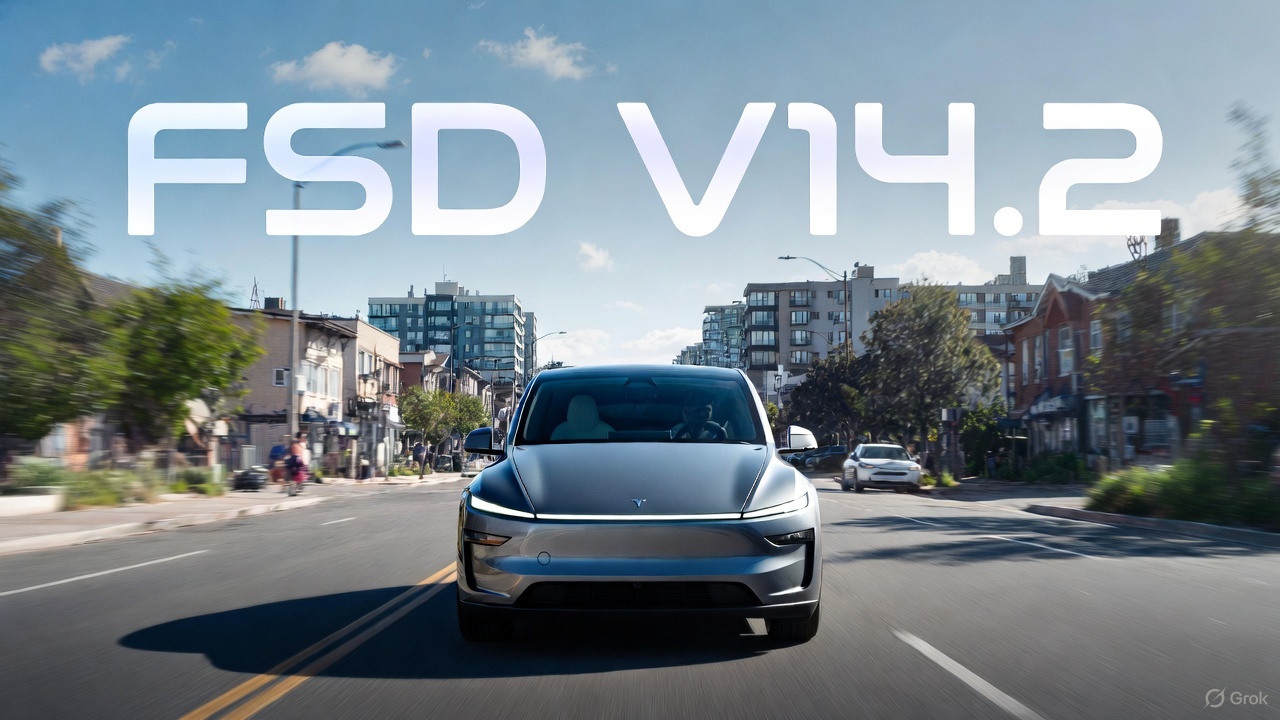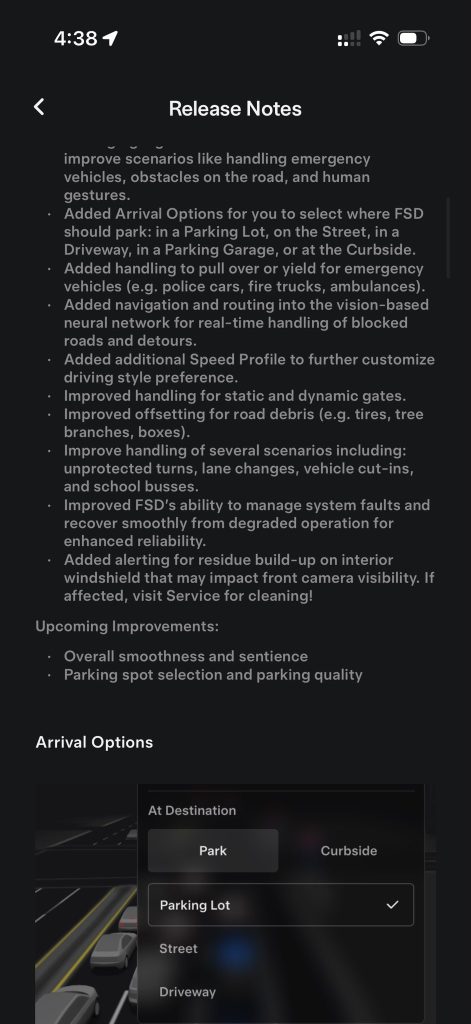News
SolarCity Struggles: Design Dilemmas (Part II)


In Part 1 of my SolarCity Struggles series, I discovered that the initial design for my solar installation would need its first revision to account for the additional power needs from my 85kWh Tesla Model S. What happens next is something that can only be described as SolarCity Struggles.
SolarCity Design Dilemmas
 I don’t claim to understand all of the engineering that goes into planning a solar installation but as a homeowner I can tell you that three these things really matter:
I don’t claim to understand all of the engineering that goes into planning a solar installation but as a homeowner I can tell you that three these things really matter:
- How many panels will be installed and what will the configuration look like? (aesthetics)
- Where will the inverters, ground and wall items be installed? (aesthetics & function)
- What will annual production be and what will I be charged for it? (value)
Unfortunately, Solar City made mistakes in all three of these areas.
We were very clear when we first started the process that we didn’t want partial roof coverage of the panels – i.e. right half of a single roof surface. We wanted all or nothing. After all this was our house and we wanted it to be presentable (in our eyes). The Solar City folks made the mistake of designing it with partial roof coverage on multiple occasions and each time we readjusted the design, it would take about a month.
In the end, getting the correct solar panel layout came down to me having to provide specific direction despite having no experience in this area. The communications path between the sales people, whom happen to be your primary contact, and the mysterious engineering team back at headquarters is terrible.
Solar City’s design placed the inverters in front of doorways which made no sense whatsoever. When I pointed this out, even after they had already visited my property three separate times, each time taking a boatload of pictures, they didn’t seem concerned and brushed it off by saying the installer would put them in a better location. So much for engineering design. It’s not clear what the point of the design was if they don’t end up following it.
Design Complete?
After multiple rounds of back and forth design sessions with Solar City, we thought we had finally overcome all of the challenges. It turns out that the hard part had yet to begin – our power company wasn’t involved yet …
Part III – SolarCity Struggles: National Gridlock
ALSO SEE: Integrating Portable Solar Panel Technology into the Tesla Model S

Elon Musk
SpaceX Starship Version 3 booster crumples in early testing
Photos of the incident’s aftermath suggest that Booster 18 will likely be retired.

SpaceX’s new Starship first-stage booster, Booster 18, suffered major damage early Friday during its first round of testing in Starbase, Texas, just one day after rolling out of the factory.
Based on videos of the incident, the lower section of the rocket booster appeared to crumple during a pressurization test. Photos of the incident’s aftermath suggest that Booster 18 will likely be retired.
Booster test failure
SpaceX began structural and propellant-system verification tests on Booster 18 Thursday night at the Massey’s Test Site, only a few miles from Starbase’s production facilities, as noted in an Ars Technica report. At 4:04 a.m. CT on Friday, a livestream from LabPadre Space captured the booster’s lower half experiencing a sudden destructive event around its liquid oxygen tank section. Post-incident images, shared on X by @StarshipGazer, showed notable deformation in the booster’s lower structure.
Neither SpaceX nor Elon Musk had commented as of Friday morning, but the vehicle’s condition suggests it is likely a complete loss. This is quite unfortunate, as Booster 18 is already part of the Starship V3 program, which includes design fixes and upgrades intended to improve reliability. While SpaceX maintains a rather rapid Starship production line in Starbase, Booster 18 was generally expected to validate the improvements implemented in the V3 program.
Tight deadlines
SpaceX needs Starship boosters and upper stages to begin demonstrating rapid reuse, tower catches, and early operational Starlink missions over the next two years. More critically, NASA’s Artemis program depends on an on-orbit refueling test in the second half of 2026, a requirement for the vehicle’s expected crewed lunar landing around 2028.
While SpaceX is known for diagnosing failures quickly and returning to testing at unmatched speed, losing the newest-generation booster at the very start of its campaign highlights the immense challenge involved in scaling Starship into a reliable, high-cadence launch system. SpaceX, however, is known for getting things done quickly, so it would not be a surprise if the company manages to figure out what happened to Booster 18 in the near future.
News
Tesla FSD (Supervised) is about to go on “widespread” release
In a comment last October, Elon Musk stated that FSD V14.2 is “for widespread use.”

Tesla has begun rolling out Full Self-Driving (Supervised) V14.2, and with this, the wide release of the system could very well begin.
The update introduces a new high-resolution vision encoder, expanded emergency-vehicle handling, smarter routing, new parking options, and more refined driving behavior, among other improvements.
FSD V14.2 improvements
FSD (Supervised) V14.2’s release notes highlight a fully upgraded neural-network vision encoder capable of reading higher-resolution features, giving the system improved awareness of emergency vehicles, road obstacles, and even human gestures. Tesla also expanded its emergency-vehicle protocols, adding controlled pull-overs and yielding behavior for police cars, fire trucks, and ambulances, among others.
A deeper integration of navigation and routing into the vision network now allows the system to respond to blocked roads or detours in real time. The update also enhances decision-making in several complex scenarios, including unprotected turns, lane changes, vehicle cut-ins, and interactions with school buses. All in all, these improvements should help FSD (Supervised) V14.2 perform in a very smooth and comfortable manner.
Elon Musk’s predicted wide release
The significance of V14.2 grows when paired with Elon Musk’s comments from October. While responding to FSD tester AI DRIVR, who praised V14.1.2 for fixing “95% of indecisive lane changes and braking” and who noted that it was time for FSD to go on wide release, Musk stated that “14.2 for widespread use.”
FSD V14 has so far received a substantial amount of positive reviews from Tesla owners, many of whom have stated that the system now drives better than some human drivers as it is confident, cautious, and considerate at the same time. With V14.2 now rolling out, it remains to be seen if the update also makes it to the company’s wide FSD fleet, which is still populated by a large number of HW3 vehicles.
News
Tesla FSD V14.2 starts rolling out to initial batch of vehicles
It would likely only be a matter of time before FSD V14.2 videos are posted and shared on social media.

Tesla has begun pushing Full Self-Driving (Supervised) v14.2 to its initial batch of vehicles. The update was initially observed by Tesla owners and veteran FSD users on social media platform X on Friday.
So far, reports of the update have been shared by Model Y owners in California whose vehicles are equipped with the company’s AI4 hardware, though it would not be surprising if more Tesla owners across the country receive the update as well.
Based on the release notes of the update, key improvements in FSD V14.2 include a revamped neural network for better detection of emergency vehicles, obstacles, and human gestures, as well as options to select arrival spots.
It would likely only be a matter of time before FSD V14.2 videos are posted and shared on social media.
Following are the release notes of FSD (Supervised) V14.2, as shared on X by longtime FSD tester Whole Mars Catalog.


Release Notes
2025.38.9.5
Currently Installed
FSD (Supervised) v14.2
Full Self-Driving (Supervised) v14.2 includes:
- Upgraded the neural network vision encoder, leveraging higher resolution features to further improve scenarios like handling emergency vehicles, obstacles on the road, and human gestures.
- Added Arrival Options for you to select where FSD should park: in a Parking Lot, on the Street, in a Driveway, in a Parking Garage, or at the Curbside.
- Added handling to pull over or yield for emergency vehicles (e.g. police cars, fire trucks, ambulances.
- Added navigation and routing into the vision-based neural network for real-time handling of blocked roads and detours.
- Added additional Speed Profile to further customize driving style preference.
- Improved handling for static and dynamic gates.
- Improved offsetting for road debris (e.g. tires, tree branches, boxes).
- Improve handling of several scenarios including: unprotected turns, lane changes, vehicle cut-ins, and school busses.
- Improved FSD’s ability to manage system faults and improve scenarios like handling emergency vehicles, obstacles on the road, and human gestures.
- Added Arrival Options for you to select where FSD should park: in a Parking Lot, on the Street, in a Driveway, in a Parking Garage, or at the Curbside.
- Added handling to pull over or yield for emergency vehicles (e.g. police cars, fire trucks, ambulances).
- Added navigation and routing into the vision-based neural network for real-time handling of blocked roads and detours.
- Added additional Speed Profile to further customize driving style preference.
- Improved handling for static and dynamic gates.
- Improved offsetting for road debris (e.g. tires, tree branches, boxes).
- Improve handling of several scenarios, including unprotected turns, lane changes, vehicle cut-ins, and school buses.
- Improved FSD’s ability to manage system faults and recover smoothly from degraded operation for enhanced reliability.
- Added alerting for residue build-up on interior windshield that may impact front camera visibility. If affected, visit Service for cleaning!
Upcoming Improvements:
- Overall smoothness and sentience
- Parking spot selection and parking quality








